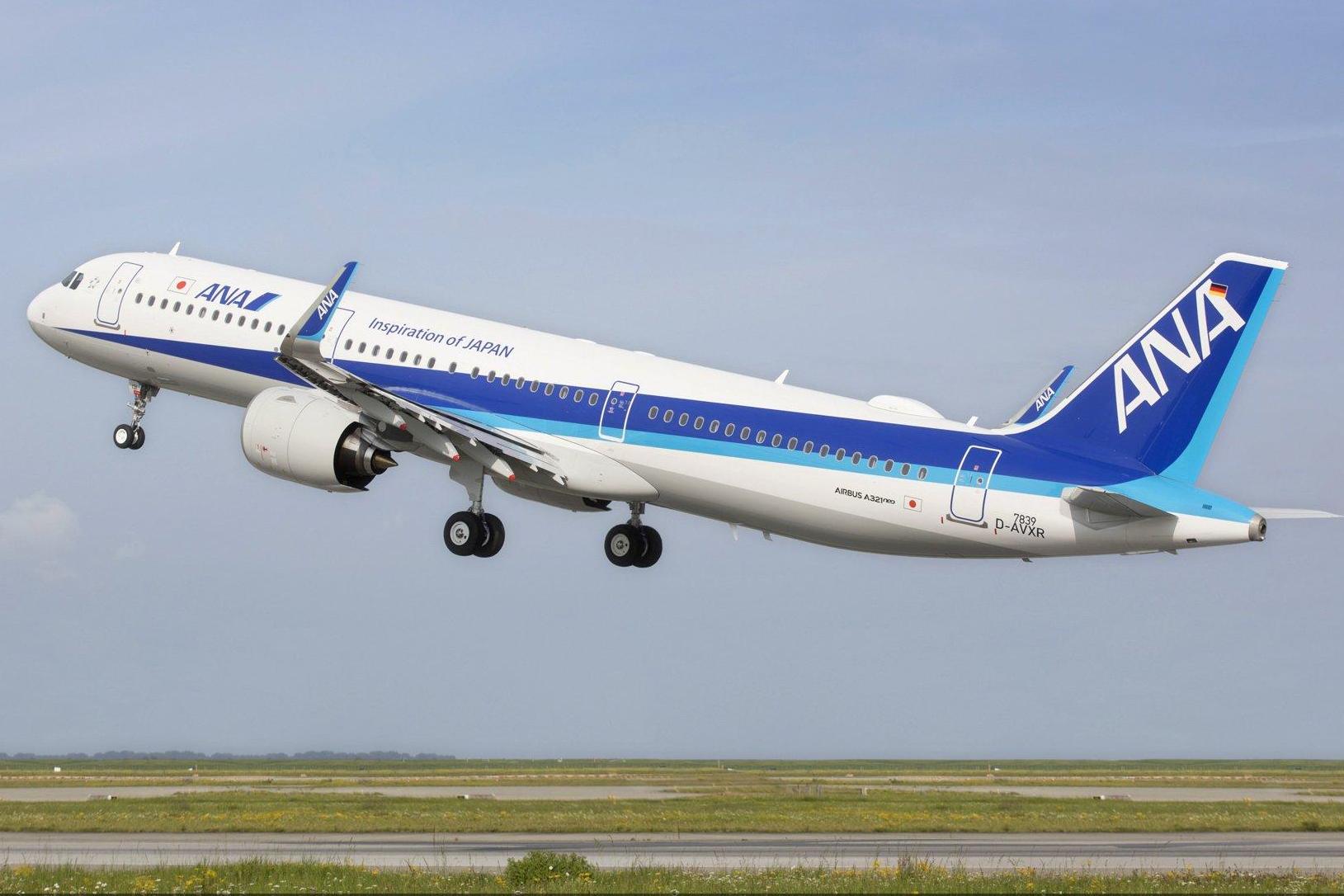Number of planes in the sky to more than double in next 20 years
'The number of passengers delayed by between one and two hours will grow from around 50,000 each day to 470,000 a day,' says Eurocontrol

Your support helps us to tell the story
From reproductive rights to climate change to Big Tech, The Independent is on the ground when the story is developing. Whether it's investigating the financials of Elon Musk's pro-Trump PAC or producing our latest documentary, 'The A Word', which shines a light on the American women fighting for reproductive rights, we know how important it is to parse out the facts from the messaging.
At such a critical moment in US history, we need reporters on the ground. Your donation allows us to keep sending journalists to speak to both sides of the story.
The Independent is trusted by Americans across the entire political spectrum. And unlike many other quality news outlets, we choose not to lock Americans out of our reporting and analysis with paywalls. We believe quality journalism should be available to everyone, paid for by those who can afford it.
Your support makes all the difference.The number of aircraft in the skies will more than double by 2037, according to the latest Global Market Forecast by Airbus.
The Toulouse-based plane maker says half the present 21,450 aircraft flying will still be aloft in 20 years. With 37,390 new planes predicted to take off, the world’s total will increase by 123 per cent to 47,990.
The expected total number of aircraft is 11.3 per cent higher than it was in the last big forecast by Airbus, a year ago.
The vast majority of the new planes will be smaller, narrow-bodied jets. More than three-quarters of deliveries will be from the Airbus A320 and Boeing 737 families, or aircraft of a similar scale from other manufacturers.
Assuming the 737 is still being made in 2037, it will be the most enduring aircraft in aviation history, having first flown 70-years earlier.
Of the 28,550 predicted new narrow-bodied planes, one of Airbus’s leading hopes is the A321 NEO, a re-engined version of an aircraft that attracted little attention when it was launched as a stretched A320 in the early 1990s.
The latest version can hold up to 244 passengers, and the long-range variant can fly 4,600 miles – the distance from Manchester to Seattle. The economics of the A321 are very tempting to 21st-century airlines, particularly for “long, thin” routes.
Primera Air has launched a network from Stansted to North America using the aircraft, though the airline has blamed late deliveries from Airbus for causing drastic cuts to its intended schedule.
Boeing’s most recent global forecast, made a year ago, predicts a very similar number of single-aisle aircraft: 29,530.
Wide-bodied aircraft, divided into medium, large and extra-large categories, will make up only 24 per cent of new planes according to Airbus.
Of these, the majority will be “medium” planes, defined as having 230-300 seats and a range of up to 5,750 miles – such as some versions of the A330 and Boeing 787.
“Large” aircraft are those with 300 to 350 seats and a range of 11,500 miles, such as shorter versions of the A350 and Boeing 777.
In the “XL” category, where the definition is 350-plus seats and a range of 11,500 miles, an extra 1,590 are expected. But few of these are likely to be the A380 “SuperJumbo”. The world’s biggest passenger plane has struggled for orders, and the production rate is slowing.
But Airbus believes that, with 90 per cent-plus of passengers travelling through just 65 cities, the Airbus A380’s time will come.
Airbus has barely one-third of the current order backlog for large jets, with the Boeing 777-300 the leading contender.
In its report, Airbus also says that planes are flying fuller than ever, with an 81.4 per cent “load factor” – the proportion of seats that are occupied. On a 180-seat Airbus A320, an average of 33 are empty.
Traditionally, a load factor of 70 to 75 per cent was regarded as satisfactory.
Europe’s two biggest low-cost airlines, Ryanair and easyJet, are achieving load factors in the mid-90s.
Airbus says: “Over the last 30 years, air transport’s ‘centre of gravity’ has moved south and east.” In 1988, it was in mid-Atlantic, reflecting the domination of North America and western Europe.
The point is now in the eastern Mediterranean, reflecting the growth of airlines in China, south Asia and the Middle East, and is likely to move further east to the Arabian Peninsula in the next three decades.
Air-traffic control systems, which are already overstretched in parts of Europe, could struggle to cope with relentless expansion.
Last month, Eamonn Brennan, director general of the air-traffic provider, Eurocontrol, warned: “On our most likely scenario, there won’t be enough capacity for approximately 1.5 million flights or 160 million passengers in 2040.
“Many airports will become much busier, with higher delays. By 2040, 16 airports will be highly congested operating at close to capacity for much of the day, up from six airports today.
“As a result of this congestion the number of passengers delayed by between one and two hours will grow from around 50,000 each day now to around 470,000 a day in 2040.”
Both Airbus and Boeing are keen to stress how much more efficient aircraft are becoming, but the forecast will alarm environmentalists.
The Green Party is calling for mandatory warnings to be included on all advertisements for air travel.
“These warnings would include information about the effects of climate change and details of the carbon dioxide emissions of the flights advertised.”
The manufacturers say that aviation contributes only about 2 per cent of global man-made CO2 emissions.
Join our commenting forum
Join thought-provoking conversations, follow other Independent readers and see their replies
Comments